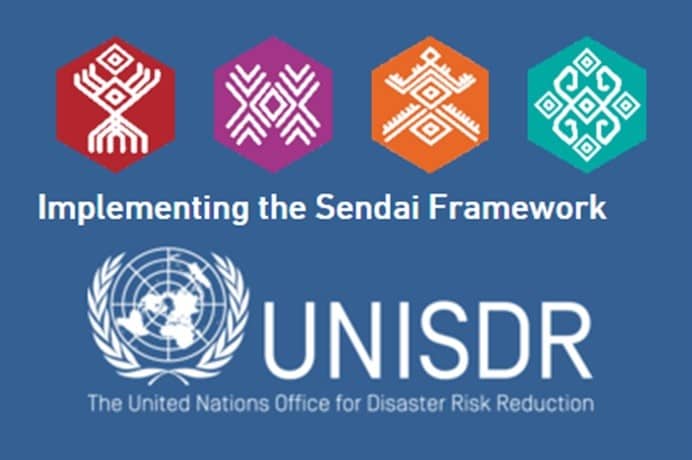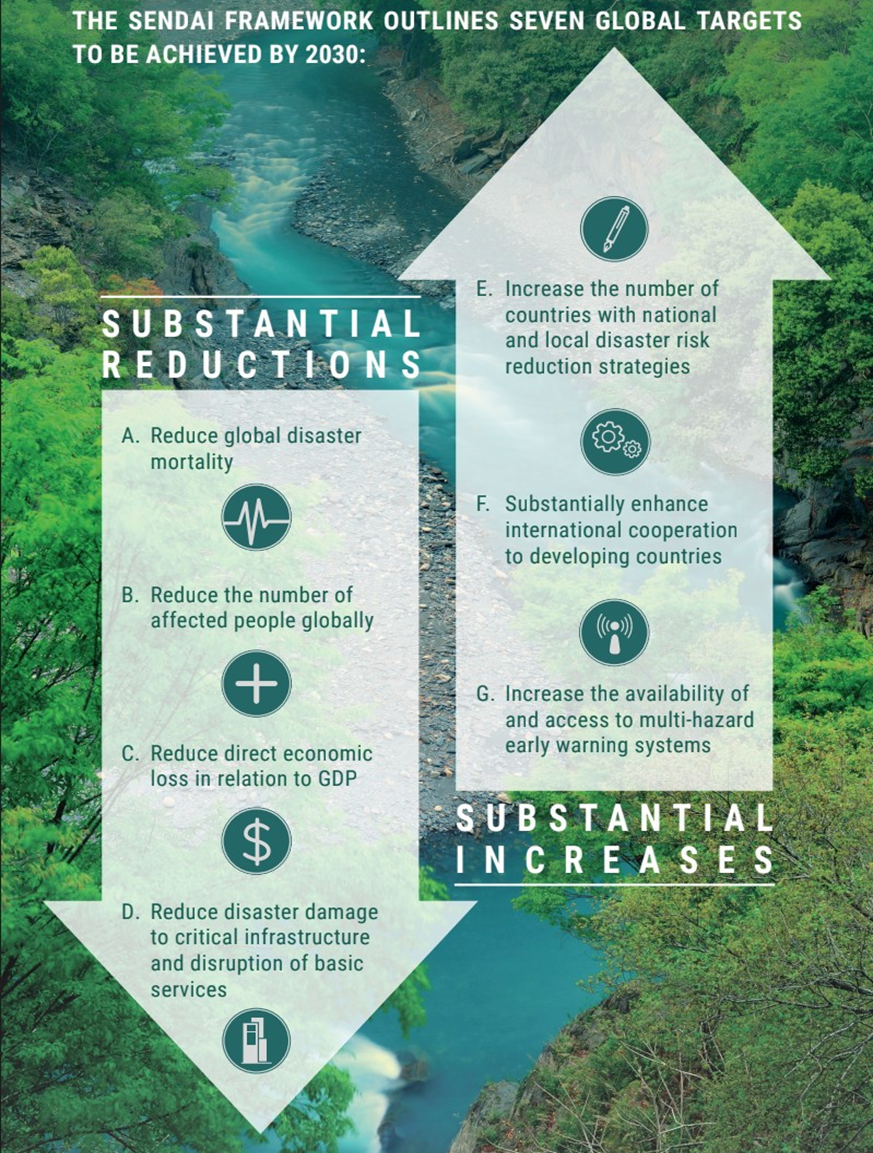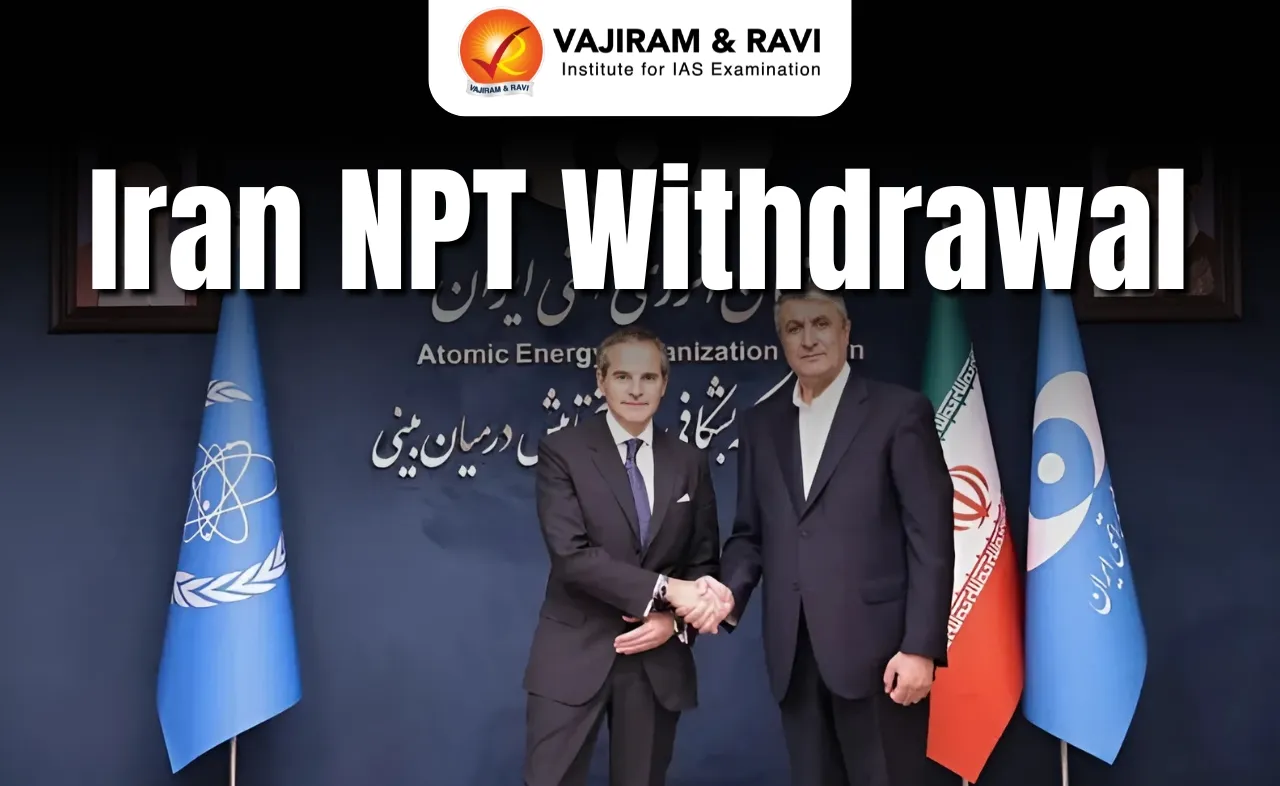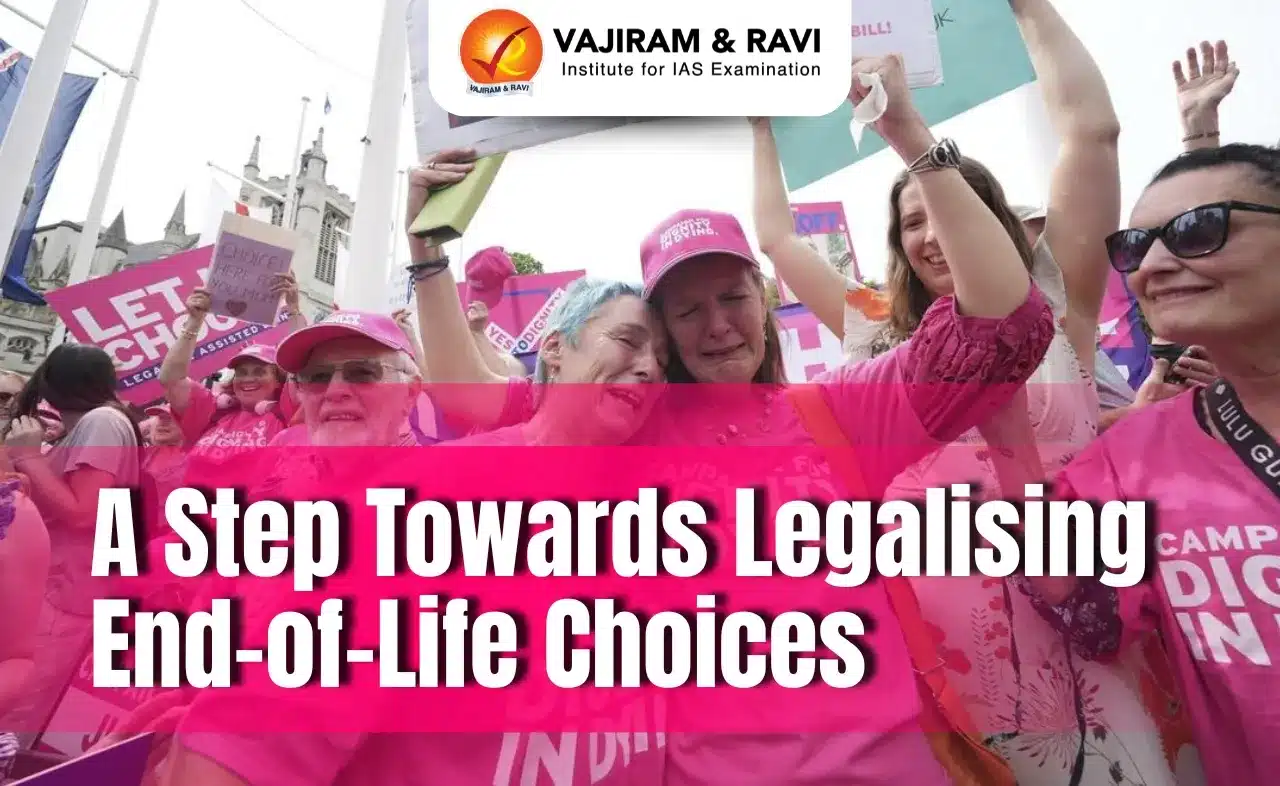What’s in today’s article?
- Why in News?
- What is the Sendai Framework for Disaster Risk Reduction?
- Priority Areas and Global Targets under the Sendai Framework
- News Summary Regarding the Sendai Framework Review Meeting
Why in News?
- India at a meeting to review the Sendai Framework for Disaster Risk Reduction (DRR), highlighted the need to pay attention to funding DRR and developing early warning systems, as the world has focused on financing disaster response so far.
What is the Sendai Framework for Disaster Risk Reduction?
- The Sendai Framework (2015–2030) is an international document that was adopted by the UN member states at the 3rd World Conference on Disaster Risk Reduction held in Sendai, Japan.
- Endorsed by the UN General Assembly in June 2015, it is the successor agreement to the Hyogo Framework for Action (2005–2015) – the most encompassing international accord to date on DRR.
- It works hand in hand with the other 2030 Agenda agreements, including
- The Paris Agreement on Climate Change,
- The Addis Ababa Action Agenda on Financing for Development,
- The New Urban Agenda, and
- The Sustainable Development Goals.
- It recognises that the State has the primary role to reduce disaster risk but that responsibility should be shared with other stakeholders – local government, the private sector, etc.
Priority Areas and Global Targets under the Sendai Framework:
- Understanding disaster risk;
- Strengthening disaster risk governance to manage disaster risk;
- Investing in disaster risk reduction for resilience;
- Enhancing disaster preparedness for effective response and to “Building Back Better” in recovery, rehabilitation and reconstruction.
News Summary Regarding the Sendai Framework Review Meeting:
- About the meeting:
- Convened by the President of the General Assembly, the High-Level Meeting (HLM) on the Midterm Review of the implementation of the Sendai Framework took place at the UN Headquarters in New York.
- The HLM provides a platform for Member States and other stakeholders to examine emerging issues since 2015, identify course corrections and realise the outcomes and goals of the Sendai Framework.
- The Indian delegation emphasised:
- The issue of DRR is getting the requisite attention in the global policy discourse as both G20 and G7 have accorded priority to this issue.
- India accords high importance to the issue and brought landmark changes in its financing architecture.
- The state and local governments have access to about $6 billion for disaster risk mitigation over five years (2021-2025).
- This is in addition to a resource of $23 billion meant for preparedness, response and recovery.
- Achievements of India: Loss of lives from cyclones reduced to less than 2% and is now developing ambitious mitigation programmes to reduce the risk of losses from other hazards – landslides, forest fire, heatwaves, lightning, etc.
- Global initiative:
- The UN Secretary General launched the initiative – ‘Early Warning for All by 2027’.
- G20, under India’s Presidency in 2023, has taken an important step to establish a Working Group on Disaster Risk Reduction.
- Recommendations by India:
- To evolve a financial architecture that can address the entire spectrum of DRR and specify the role of the State in strengthening early warning systems in times of disaster.
- To initiate multi-country cooperation, including their respective roles in increasing access to hazard and risk information as well as enhancing disaster risk governance.
Q1) What is the ‘Early Warning for All by 2027’ initiative?
It is a groundbreaking effort of WMO to ensure that everyone on Earth is protected from hazardous weather, water, or climate events through life-saving early warning systems by the end of 2027.
Q2) What are the stages of a disaster risk management cycle?
The disaster risk management cycle consists of four phases: Prevention/Mitigation and Preparedness in the pre-disaster stage, and Response and Rehabilitation/Reconstruction in the post-disaster stage.
Source: It is time to pay attention to funding disaster risk reduction | UNDRR
Last updated on June, 2025
→ UPSC Notification 2025 was released on 22nd January 2025.
→ UPSC Prelims Result 2025 is out now for the CSE held on 25 May 2025.
→ UPSC Prelims Question Paper 2025 and Unofficial Prelims Answer Key 2025 are available now.
→ UPSC Calendar 2026 is released on 15th May, 2025.
→ The UPSC Vacancy 2025 were released 1129, out of which 979 were for UPSC CSE and remaining 150 are for UPSC IFoS.
→ UPSC Mains 2025 will be conducted on 22nd August 2025.
→ UPSC Prelims 2026 will be conducted on 24th May, 2026 & UPSC Mains 2026 will be conducted on 21st August 2026.
→ The UPSC Selection Process is of 3 stages-Prelims, Mains and Interview.
→ UPSC Result 2024 is released with latest UPSC Marksheet 2024. Check Now!
→ UPSC Toppers List 2024 is released now. Shakti Dubey is UPSC AIR 1 2024 Topper.
→ Also check Best IAS Coaching in Delhi
























